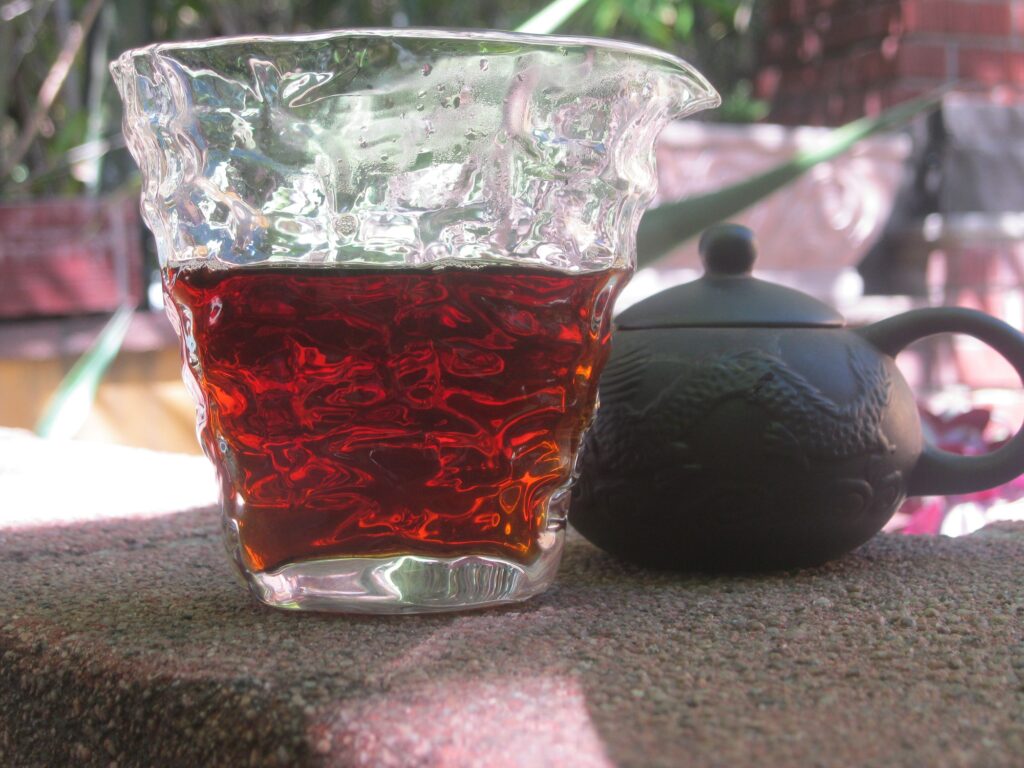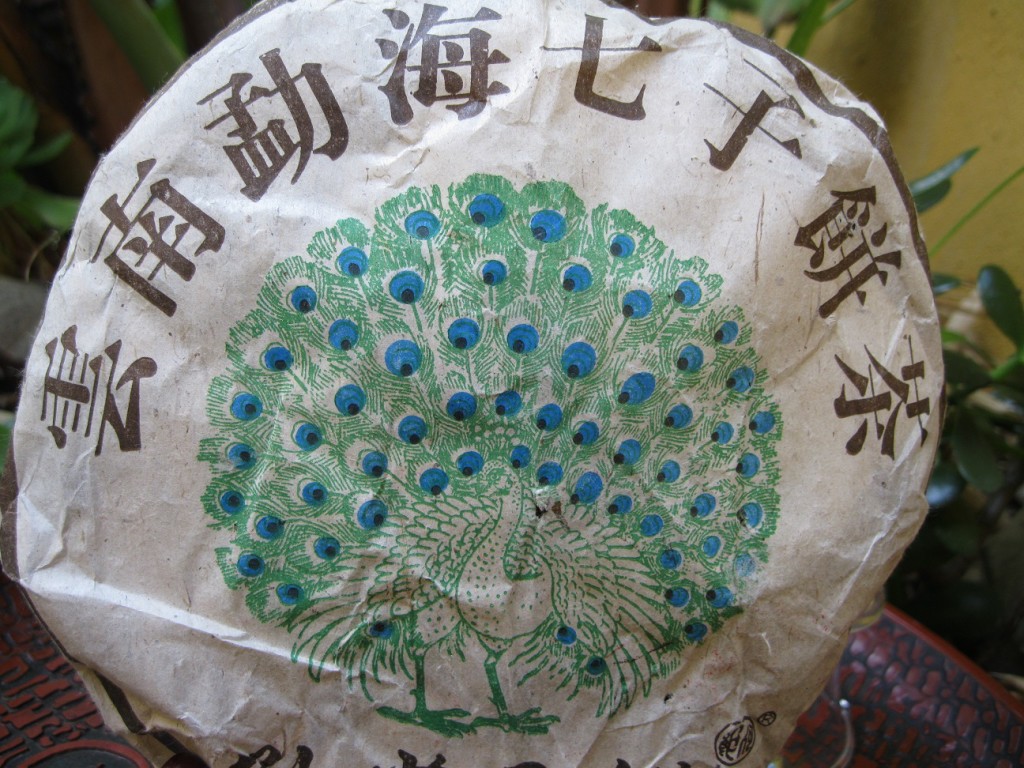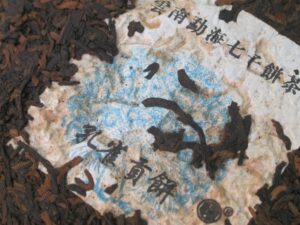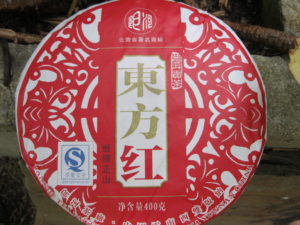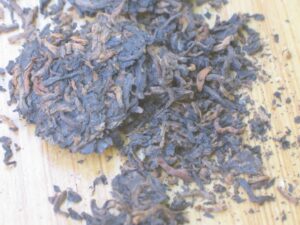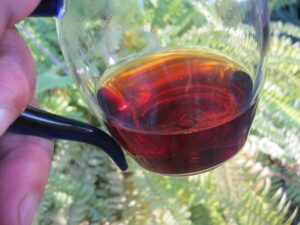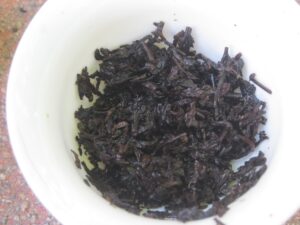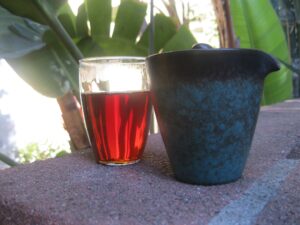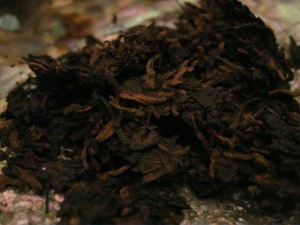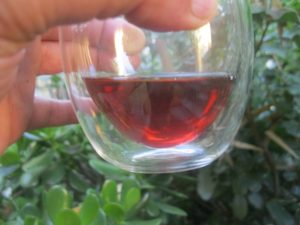Spring Ripe Puerh Taste Off IV
Spring Ripe Puerh Taste Off Day IV has contests in no mood to chat with the media before the event. Late entries have extended the competition to a fifth day. The late change has put them in a bit of a mood. As a reminder, each contestant weighs in at 10.5g, receiving arbitrary infusion times in a 150ml clay pot. The same pot. Let’s begin. . .
Ripe Puerh Taste Off Day IV
- ’06 Langhe Ripe Tuo
Minty camphor, light body, strong and long aftertaste, wood, sl sour. - ’02 Drury Lane
Camphor, dense cream, cocoa, cardboard “old taste”, bitterness, sweet. - ’12 Operation Macau
Sweet camphor, petrichor, medium density, roasty finish, short-lived. - ’07 Langhe Brick
Smooth roasty, chocolate, cream, bitter, camphor, strong qi, balanced, phlegm cutter.
Day III of the Ripe Puerh Taste Off occasioned mention of airing out productions for a few days for maximum performance. This is relevant to the performances of both Dury Lane and the Langhe Brick. Experience has demonstrated that DL benefits from a good 10 days of airing. In the Taste Off there was a noticeable lack of zing that resulted in the descriptor “dense.” The same likely applies to the presence of “cardboard,” since it hasn’t been subjected to dry conditions. It is conceivable that this sample’s location in storage might somewhat factor, though cardboard and “old taste” could be construed as being the same and at 22 yrs of age might be expected.
The prevailing taste of the Langhe Ripe Tuo is highly evocative Sweet Richness, an earlier contestant, though not as intense. Interestingly, as it sat throughout the day, it performed more competitively among the contenders. This raises questions about prospects for future interestingness, though the maximo light-fermented production of considerably higher quality like the ’06 East is Red and ’05 Peacock Tribute have already hit their stride in the past 2-3yrs, without storage pushing. Still, the GD stored version of the Langhe Ripe Tuo that did receive a great deal of humidity is actually quite remarkable so the jury remains out.
This only leaves Operation Macau as the obvious winner. The Langhe Brick, which won the big Guangdong International Tea Expo in ’06, is less intense. Again, this might be adjusted through airing. Also, however, the OM is obscenely sweet. Though it certainly didn’t have the stamina of Drury Lane or Langhe Brick, through the course of the day it was able to maintain its presence relative the others, with the Langhe Tuo rapidly approaching.

